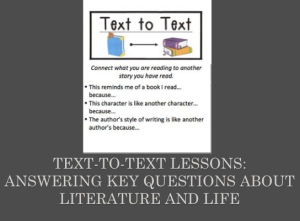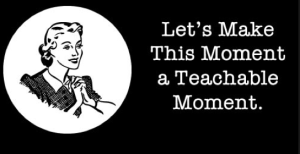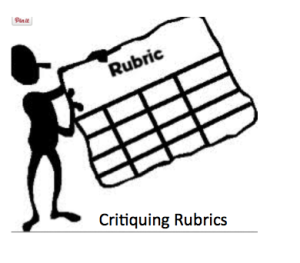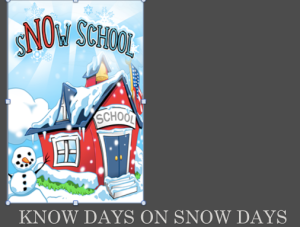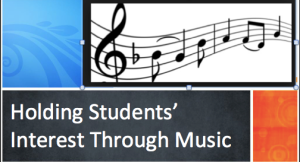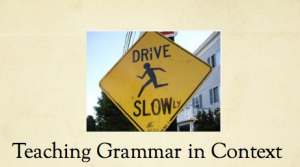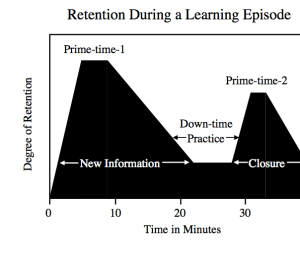Patrick Henry College writes a compelling argument for reading literature. He proposes that literature is an interpretative representation of the human experience. He contends that literature “doesn’t simply reflect life—it focuses it. It’s a mirror, but a special kind of mirror. It’s a mirror in which we can see ourselves even more clearly, more vividly than in an ordinary mirror.” Literature, he explains, helps wake up our senses by providing the ultimate context for our values and worldview. “Literature gives us truth digested. Literature gives us an excellent opportunity to examine our own ultimate assumptions about life and to compare them with those of others.”
College presents a very good case for having students study literature. But wait, there is more.
What if we ask students to take reading of literature one-step further and situate the literary particular worldview alongside another? Let’s look at reading literature in comparison to relevant non-fiction news articles and further elaborate a particular aspect of the text.
Why might we encourage students to make connections between a text they are reading and another story or text they might read?
Well, a text-to-text comparison helps students comprehend the primary fictional text as well as to make meaning of their actual world. It makes the issues broader, more universal than the book they are reading. Additionally, such a comparison can make reading more interesting for students by providing context, making a connection to an idea or issue the a reader cares about, or demonstrating real world relevance.
Here is a good article on the rationale for using text-to-text connections.
According to Facing History, this strategy can be used at any point of the reading process – at the start to get students engaged with a text, in the middle to help students understand the text more deeply, or at the end to evaluate students’ understanding of the text.
What does the strategy look like? Facing History suggests the following prompts.
Ask students to consider the following: How do the ideas in this text remind you of another text (story, book, movie, song, etc)? Complete one of the following statements:
- What I just read reminds me of ___________________ (story/book/movie/song) because…
- The ideas in this text are similar to the ideas in ___________________ because….
- The ideas in this text are different than the ideas in ___________________ because….
The Learning Network through the New York Times provides free teaching and learning materials and ideas based on New York Times content. The following are two excellent examples of using New York Times articles in conjunction with middle school level texts for English. There are resources for a number of disciplines beyond English. And the articles provide inter-disciplinary points of entry.
For example, in the text-to-text comparison for the ‘Lord of the Flies’ and ‘A Fight Club for Flies’, the Learning Network offers articles to take a closer look at the notion of aggression. Students can look at the idea of aggression as a whole and not only the male aggression Golding depicts in the Lord of the Flies; there is female vs. female aggression, soldier aggression gone awry, child vs. child aggression, aggression on the athletic field, and online aggression in the form of cyber-bulling. There is even an article on fruit fly aggression, specifically the difference between male and female fruit fly brains and how this may have application for humans. Thus, students build a context for their understanding of the literary themes of a text and also of the human experience. They can better weigh in on a key question raised by Lord of the Flies -What is the relationship between aggression and gender?
For the text-to-text comparison for ‘To Kill a Mockingbird’ and ‘History of Lynchings in the South Documents Nearly 4,000 Names’, Facing History writer, Laura Tavares gathers a number of historical articles to help students understand the gravity of the scene in which Scout, Jem, and Dill follow Atticus to the town square late at night on the eve of Tom Robinson’s trial. Because as Travares notes, we experience the scene through the eyes of 8-year-old Scout, we can miss the scene’s significance ie.. Atticus and Scout have diverted an attempted lynching of a black man accused of raping a white woman. Students who have knowledge about the history of racial lynching in the United States will have a much greater appreciation of the scene. The lesson also has a link to Duke University’s project Beyond the Veil which features oral interviews with African-Americans who lived from the 1890s to the 1950s. Students can compare these stories to the character of Tom Robinson. The article also profiles other upstanders, real people comparable to the fictional Atticus Finch, and their contributions to resist racial inequity. Through such text-to-text comparisons students will see have a better grasp of the issue of race and justice both for Tom, Jem, Atticus, and Scout in “To Kill a Mockingbird” and for black Americans in our communities today.
The New York Times encourages educators to post lessons to the web-page using comparable text-to-text comparisons with their articles. Is there a book you are using in the classroom that lends itself to a key question that might be further understood by a text-to-text comparison? Do you see another rich source such as the Times to search for them?

